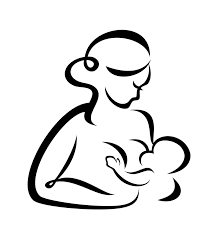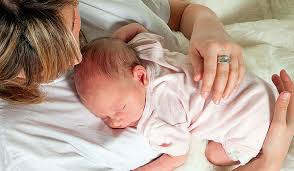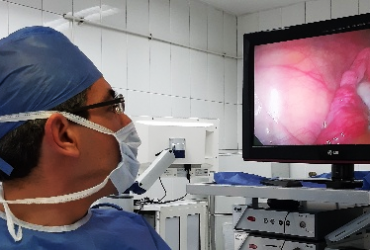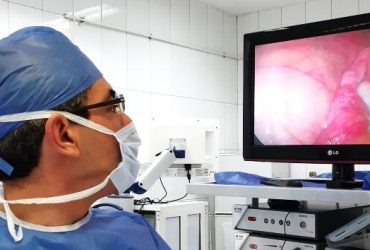Normal symptoms.
- The womb (uterus) begins to contract immediately after delivery. Breast feeding helps it contracting better since it raises the level of hormones which cause uterine contractions. This is the reason behind your period-like cramps during this time. This is very important to stop any excessive bleeding after delivery.
- Mild fresh bleeding usually continues for the first 3 days after delivery. Then, it turns into yellowish discharge persisting throughout the first 6 weeks. Occasionally, you may experience a mild fresh bleed during the 10-12th day post-delivery.
The wound (if any is present).
- Usually, there is no need to remove the sutures since they are self-dissolved (unless the doctor tells you differently). The wound is usually healed within 5-10 days.
- It is best to wear cotton, light and wide underwear or shorts, with keeping the wound dry and clean.
- Some discomfort during sitting or walking is normal in the first 2 weeks.
The newborn.
- Most newborns can start suckling at birth with some simple guidance.
- This is important for both you and your baby, both physically and psychologically.
- It is best to avoid giving the baby any additional drinks other than breast milk.
- Every woman’s milk is concentrated and of relatively low amount during the first 2-3 days, this actually helps the baby get accustomed to oral feeding.
- Newborns normally lose 10% of their birthweight during the first 10 days after delivery.
- During the 3rd-6th day, newborns normally develop mild jaundice, but the doctor should be consulted to make sure the level of jaundice is not excessively high.
- The umbilical cord stump usually separates at the 7th to 9th day after delivery. But it should be frequently cleaned by 70% Alcohol.
- It is advisable to use antibiotic eye drops to the baby to prevent serious infections (please consult your pediatrician).
- Wash your hands and nipples before and after breast feeding. Wash your hands thoroughly after changing the neonates’ diapers.
- The neonate should be vaccinated against tuberculosis and hepatitis B during the first few days.

Breast feeding.
- Breast feeding is the best way of nourishing your baby.
- Try to avoid any other forms of nutrition during the first 4 months.
- Every woman’s milk is concentrated and of relatively low amount during the first 2-3 days, this actually helps the baby get accustomed to oral feeding.
- The best way to learn breast feeding is repeated trials patiently. Consult your doctor in case of difficulty.
- It is dangerous to feed the baby when it is lying flat. It is best to put the baby in a semisitting position raising its head and shoulders a little higher than his body. This is important to avoid milk trickling through the pharynx into the middle ear.
- The nipples should be kept clean, soft and dry, using clean cotton wool and warm water. Leaving your nipples moist may increase the risk of painful nipple fissures.
- Breastfeed your newborn at his/her needs. Try to swap sides each time.

Contraception after delivery.
- Please refer to the relevant patient information leaflet.Generally, it is best t avoid intercourse during the first 6 weeks after delivery.
- Fitting a copper coil is usually at 6 weeks postpartum, while the oral pills should be started within 3 weeks if bottle feeding or 6-8 weeks if breast feeding.
- It is best to discuss contraception with the doctor early enough to reach the best plan at the best time.

Symptoms to report to the doctor during the first 6 weeks.
- Fever.
- Difficulty or pain during breast feeding.
- Vaginal bleeding when excessive or persistent beyond the 3rd day.
- Leg swelling.
- Difficulty breathing.
- Neonatal jaundice.
- Poor level of alertness in the baby or continuous crying even after feeding.
- Depression.
- Skin eruption or oral eruptions.

Wishing you Health & Happiness




